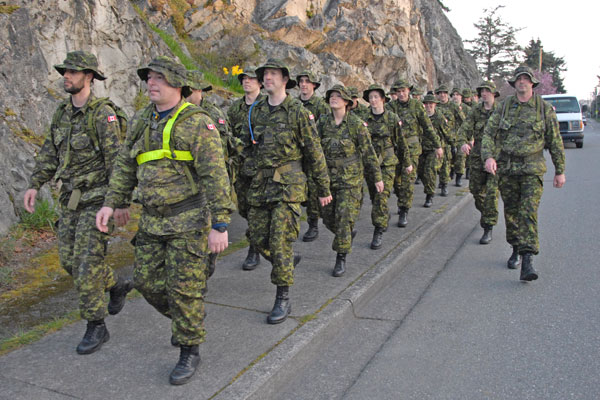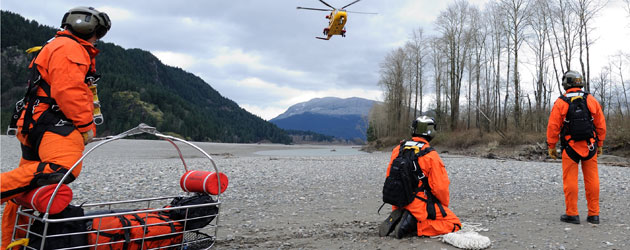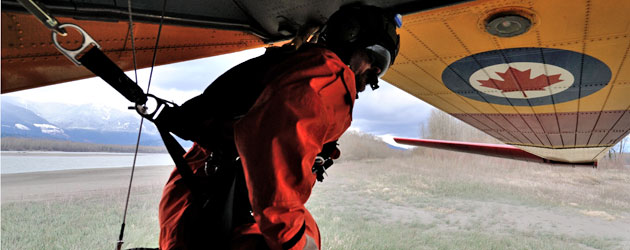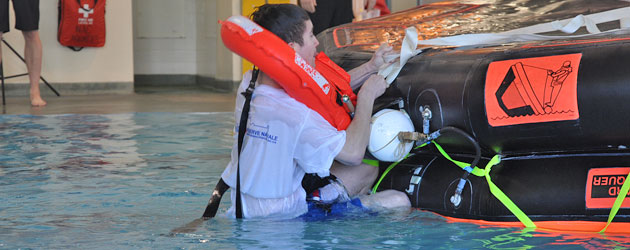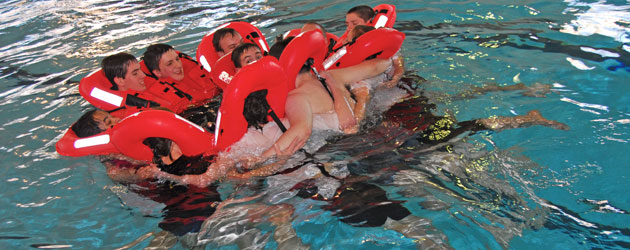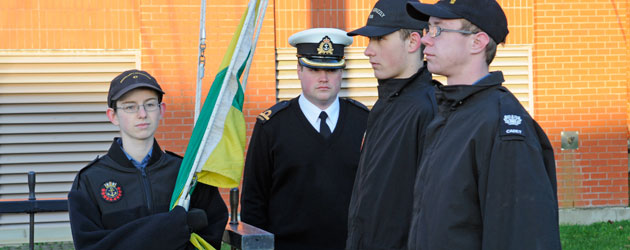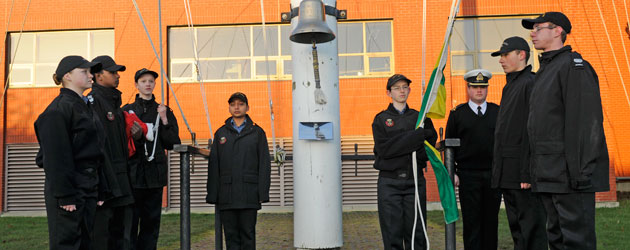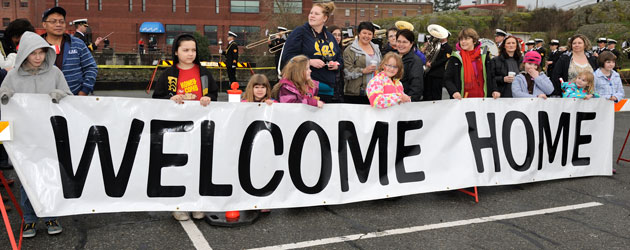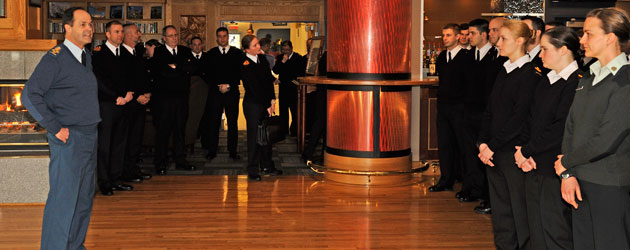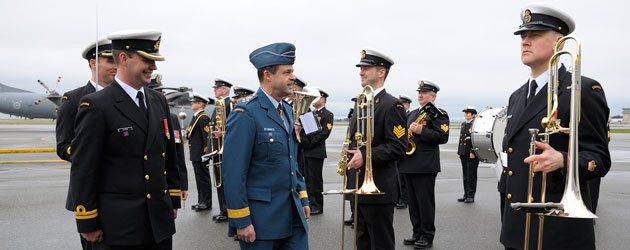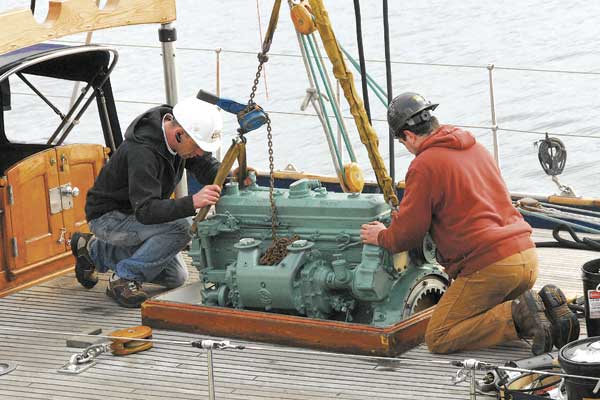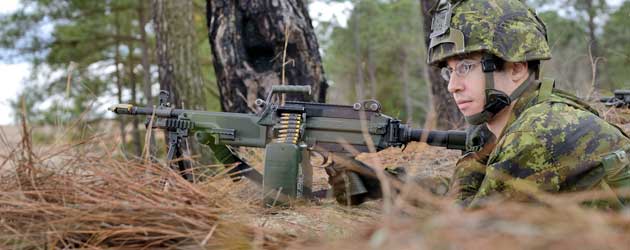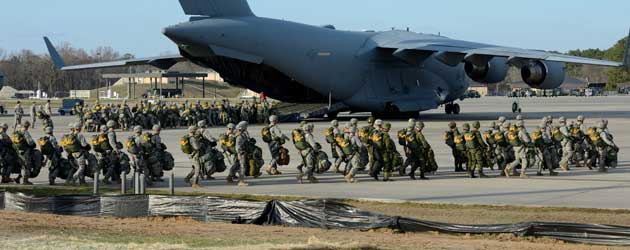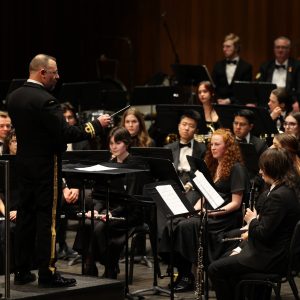Ship repair zone = safety and security
It’s been decades in the making, but has finally come to fruition. Safety and security-oriented access rules have been defined around Fleet Maintenance Facility Cape Breton (FMF CB) buildings in what is now called the ship repair zone (SRZ). It’s the latest advancement in the massive facility consolidation project that began more than a decade ago. To improve safety and security of the area, the zone is now only accessible to FMF CB employees and those conducting business with the unit. The zone includes the main structure - D250, D252, D190A, D215, D149 and smaller outlying buildings. “I have seen too often people wearing flip flops while using the FMF CB buildings as a shortcut to transit the yard - this is a safety issue, plain and simple,” says Capt(N) Don Smith, Commanding Officer of the FMF CB. “Our number one concern is ensuring no one gets hurt, and to do that everyone needs to keep up with some simple safety regulations. Also we must control access to the weapons systems and classified information needed to support the operational capabilities of the Fleet.” People needing to enter the area must report to the commissionaires’ desk in D250 with valid ID. They’ll be given a visitor pass if they are not in possession of an access badge. Visitors with less than level two security, or without DND ID, will be escorted.They will be required to don CSA approved hardhats, work boots, and safety glasses if entering any of the production work centres. FMF CB employees working in or visiting the Ship Repair Zone will be required to carry their ID badge and have it displayed when in office areas. These double as electronic swipe cards to pass electronic check points at the various entry points of the building and other areas within the SRZ. “This is a military industrial zone, and there are things here that need to be more regulated than they have been in the past,” says Capt(N) Smith....



